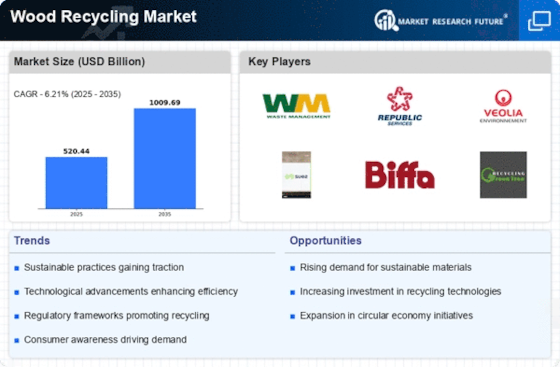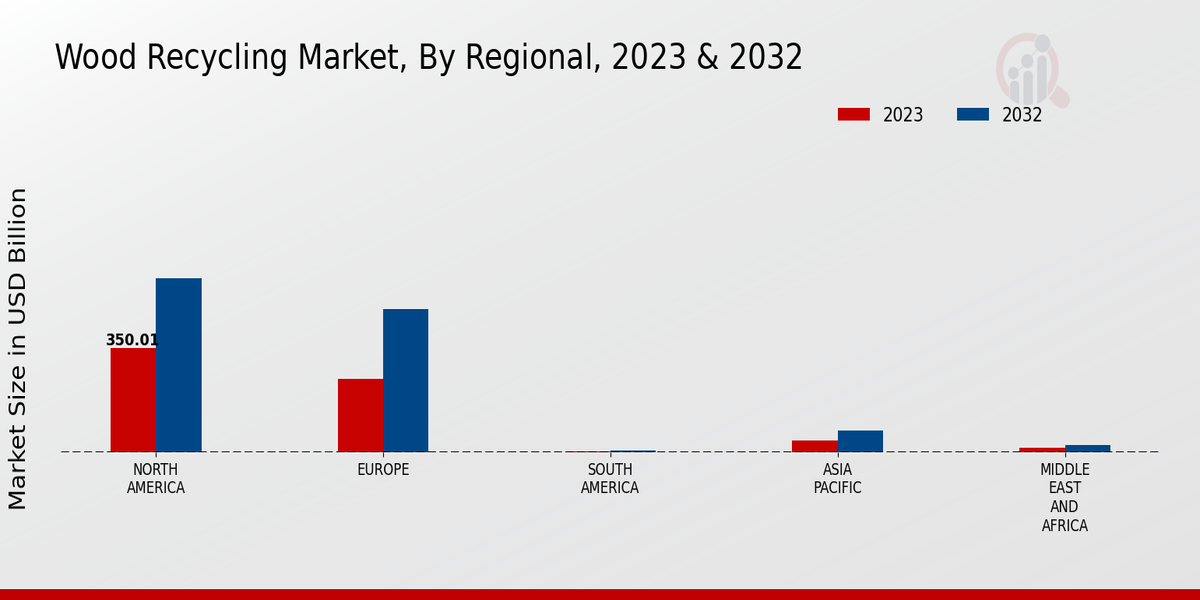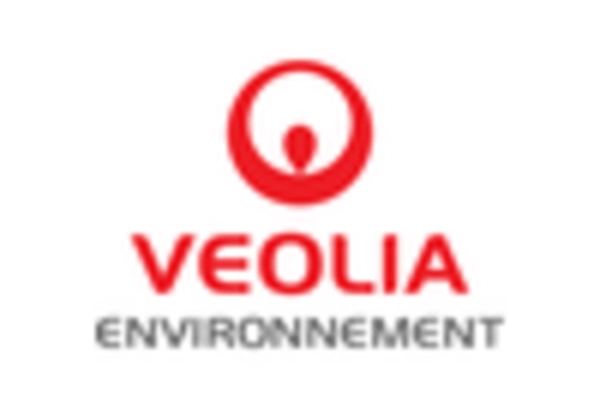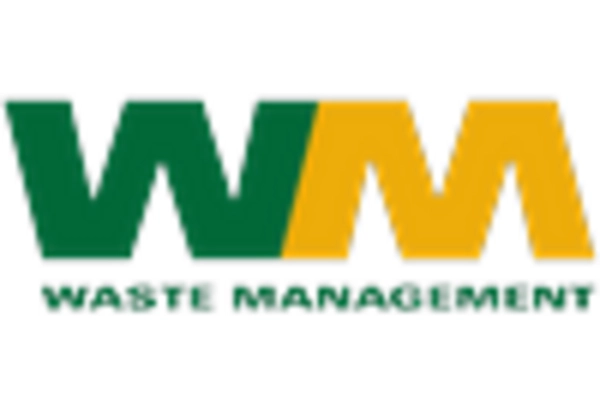Economic Incentives for Recycling
Economic factors are increasingly influencing the dynamics of the Wood Recycling Market. The rising costs associated with landfill disposal are prompting businesses to seek more cost-effective alternatives, such as recycling. Economic incentives, including tax breaks and subsidies for recycling initiatives, are encouraging companies to invest in wood recycling operations. Market data indicates that regions with favorable economic conditions for recycling tend to exhibit higher rates of wood recovery and reuse. This economic rationale not only supports the growth of the wood recycling sector but also enhances the overall sustainability of the industry. As businesses recognize the financial benefits of recycling, the demand for recycled wood products is likely to increase, further driving market expansion.
Innovations in Recycling Technologies
Technological advancements are playing a crucial role in shaping the Wood Recycling Market. Innovations in recycling processes, such as improved sorting and processing techniques, are enhancing the efficiency and effectiveness of wood recycling operations. For example, the development of automated systems for wood waste sorting has significantly reduced labor costs and increased throughput. Market data suggests that investments in advanced recycling technologies are expected to rise, as companies seek to optimize their operations and reduce waste. This focus on innovation not only improves the quality of recycled wood products but also expands the range of applications for recycled materials. As a result, the wood recycling market is likely to experience robust growth driven by these technological improvements.
Rising Consumer Awareness of Sustainability
Consumer awareness regarding sustainability is a pivotal driver for the Wood Recycling Market. As individuals become more informed about the environmental impacts of waste, there is a growing preference for products made from recycled materials. This shift in consumer behavior is prompting manufacturers to incorporate recycled wood into their offerings. Market data indicates that the demand for sustainable products is on the rise, with a notable percentage of consumers willing to pay a premium for items that are environmentally friendly. Consequently, businesses are increasingly focusing on sourcing recycled wood, which not only meets consumer expectations but also aligns with broader sustainability goals. This trend is likely to bolster the wood recycling sector, as companies strive to enhance their eco-friendly credentials.
Regulatory Support for Recycling Initiatives
The Wood Recycling Market benefits from increasing regulatory support aimed at promoting sustainable practices. Governments are implementing stricter regulations on waste management and encouraging recycling through incentives. For instance, policies that mandate recycling rates for wood waste are becoming more prevalent. This regulatory framework not only fosters a conducive environment for wood recycling but also enhances the market's growth potential. As a result, companies are more likely to invest in recycling technologies and infrastructure, thereby expanding their operational capabilities. The presence of such regulations is likely to drive the demand for recycled wood products, as businesses seek to comply with environmental standards while also capitalizing on the economic benefits associated with recycling.
Growing Construction and Renovation Activities
The Wood Recycling Market is significantly influenced by the increasing activities in construction and renovation. As urbanization continues to rise, the demand for wood products in construction is also escalating. This trend generates a substantial amount of wood waste, which presents an opportunity for recycling. Market data shows that a considerable percentage of construction waste is wood-based, indicating a potential source for recycled materials. The construction sector's growing emphasis on sustainability is further driving the demand for recycled wood products, as builders and contractors seek to minimize their environmental footprint. Consequently, the wood recycling market is poised for growth, fueled by the ongoing construction boom and the need for sustainable building practices.


















Leave a Comment